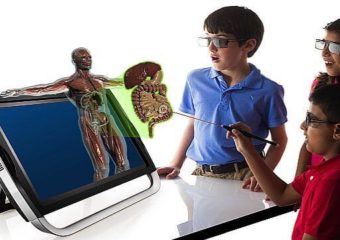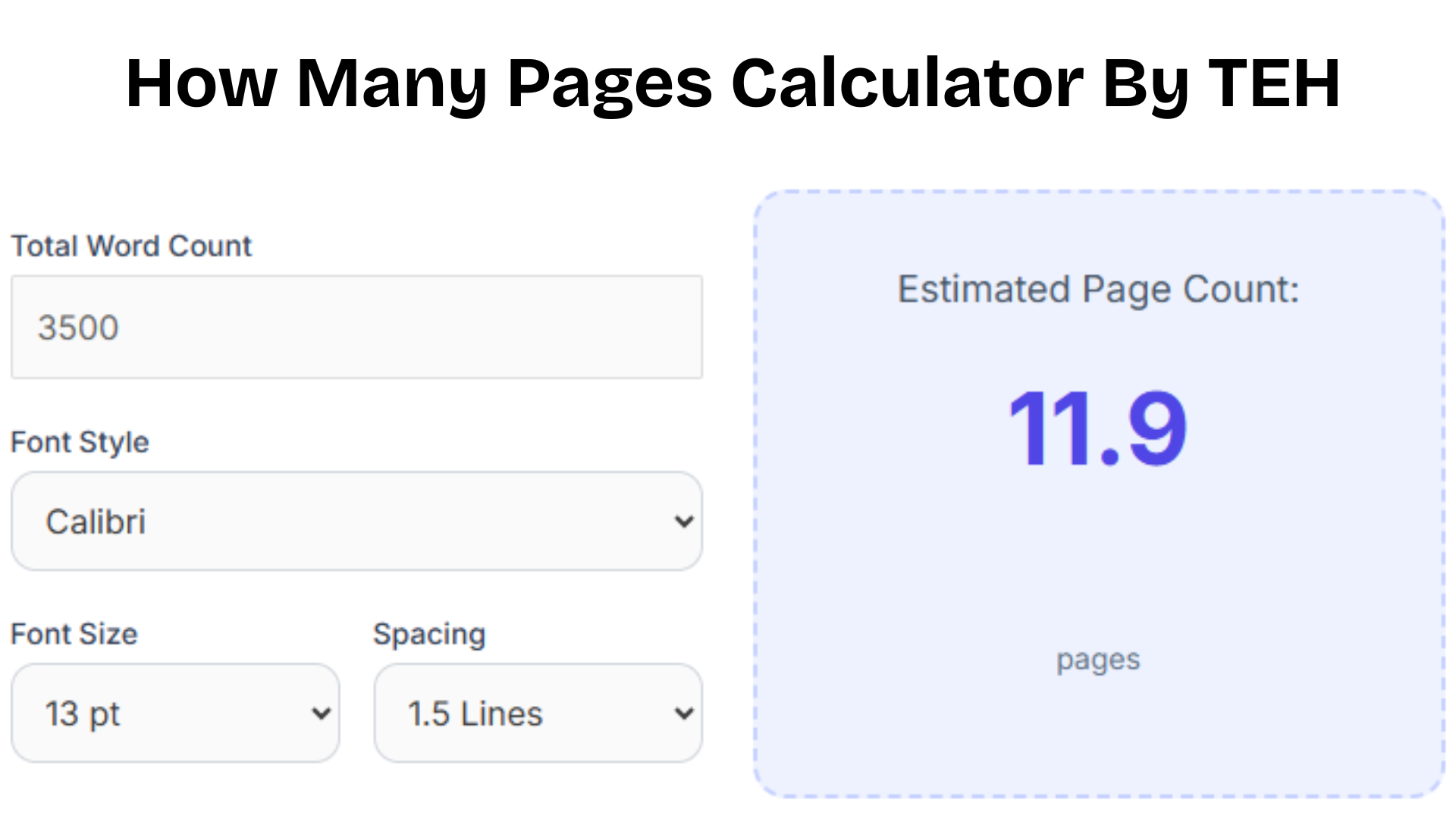Last Updated on: 4th August 2019, 05:38 am
Using Virtual Reality in Classrooms
In any classroom, when virtual reality or virtual technology is being used for teaching, it is called virtual classroom. A virtual reality classroom is also known as a Virtual Learning Environment (VLE). There are several types in which we are using virtual reality classrooms, which are discussed below:
Online Classes & Benefits of Virtual Reality in Education
The online virtual classroom is an environment for learning and teaching where students and teachers can interact or communicate while simultaneously interacting with other students in a group in an on-setting and students can also discuss about presentations.
Its medium is mostly video conferencing, where the people from two corners of the globe interact and connect with each other via the Internet. Since there are no time constraints on online apps and chat servers, this platform offers the opportunity to learn in depth about your relevant subject.
Interactive White Board
An interactive whiteboard is a touch screen type computer or a touchpad type of keyboard, with visible graphics and safeguards highlighted with the help of a projector and moved around with the help of hands like touch screen. An interactive whiteboard allows a teacher to easily organize and plan their lessons. They can schedule specific learning tasks such as picking names on pictures or matching words.
This makes it easier for kids to learn the names of things and put them on a related picture. Most importantly, they have a real picture, such as a leopard or an elephant, in which children are quick to respond. The pictures on Full HD display make up the reality. In this type of environment, children are so interested in covering syllabus that they do not want to leave school.
Unlike the traditional method of teaching, when a teacher uses interactive whiteboards, every children takes interest in it, whether it is a matter of vocabulary improving or grammer teaching. With an interactive whiteboard driven videos and audios, the teacher repeat a lesson or learn together then the traditional fear of the teacher within the student goes away. Children often ask for the teacher’s help to correct their pronunciation and they guide them.
Augmented Reality Lesson Plans
Now children not only learn from a picture on a paper or a video playing on a screen, but also watch the moving objects along the screen. Which means children can watch the dinosaurs on their screen along with their sounds. This requires children with Augmented Reality Code (AR Code) cards, which are scanned from a smartphone to reveal holographically moving models inside the screen.
Nowadays 80% of children have a smartphone and this smartphone have hundreds of apps, which are used for homework and research for education. In these apps, now we have augmented reality apps as well, which help children to understand any subject digitally. For example, if a student wants to know about the structure of the brain then the brain will appear in 3D form on a mobile or tablet screen, which will be rotated by hand to study its structure.
Augmented Reality Apps For Kids
If we talk about some of the Augmented Reality Apps the Anatomy 4D is the best for medical students. In this App, Scanning the code printed on it reveals 3D models, hinders the structure of the human body, and students can discuss any body part, joint, or function.
Likewise, AugThat is also a great AR app for teachers, allowing kids to experience a lot of 3D experiences with 360 degrees. In addition ZooKazam or Bugs 3D brings animals 3D models to children, and children can see insects, fish, lizards and birds moving with them, and they can learn about them as well as play games with them.
Benefits of using Virtual Reality Resources
At one time, virtual reality technology was very expensive, but since virtual reality tools and programs have been launced, their application has become commonplace in educational institutions and its importance has been recognized in schools and colleges.
Virtual reality is used in 23 percent of schools in the United States and they are using virtual reality in classrooms from last 6+ years, the subjects taught are science 29 percent, history 29 percent, computer science, social studies, language and arts 23 percent, engineering 20 percent, arts 15 percent, math 12 percent and the design is taught through 10 percent virtual reality. In medical education, virtual reality models are used instead of the actual body tearing, which is paving the way for new diagnostics and treatments.
[simple-author-box]






Leave a Reply